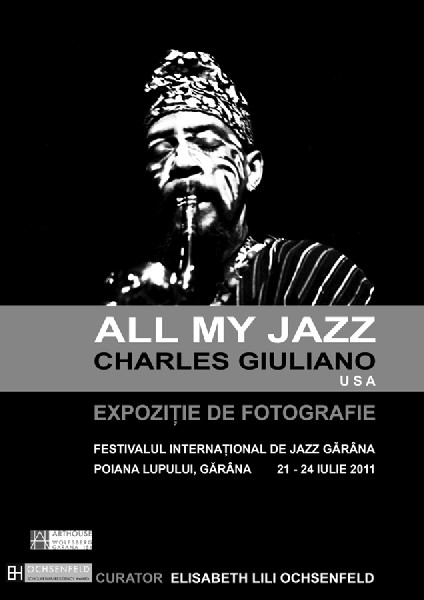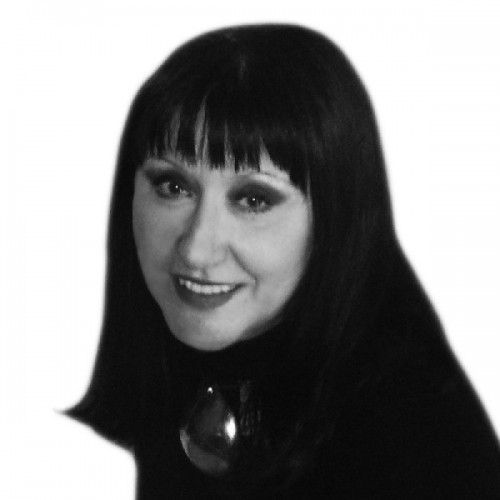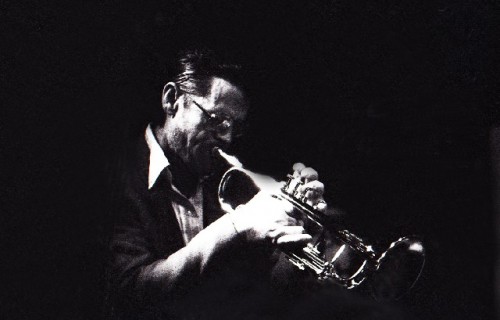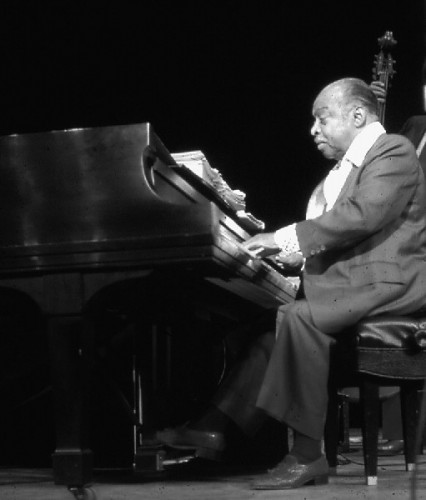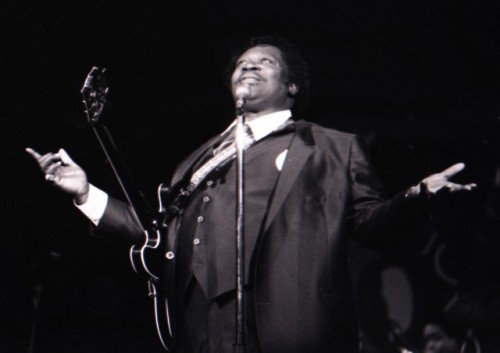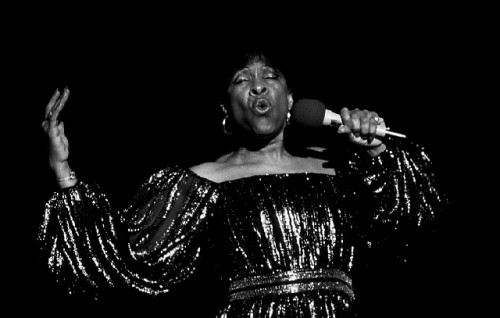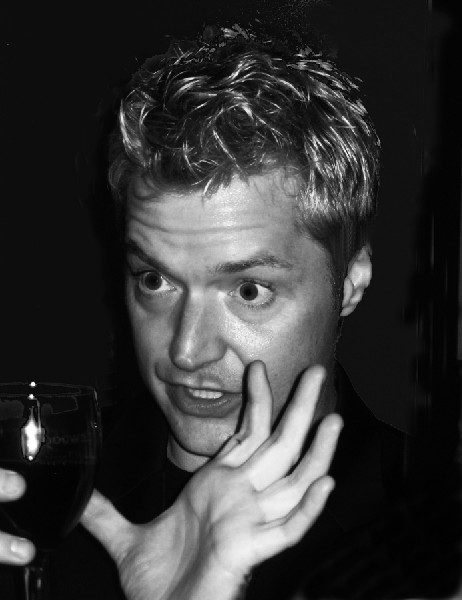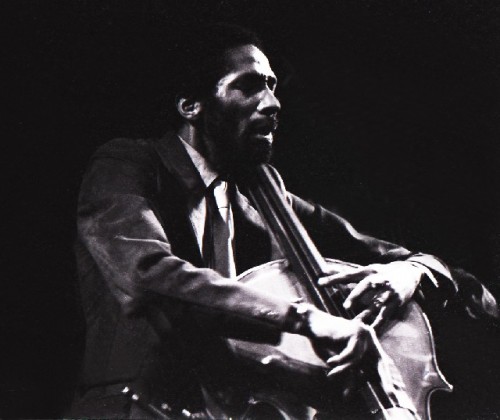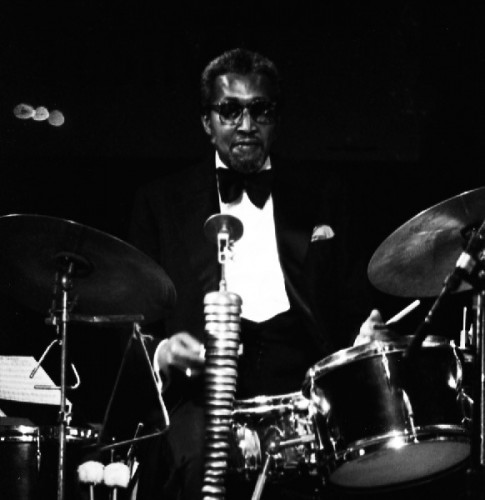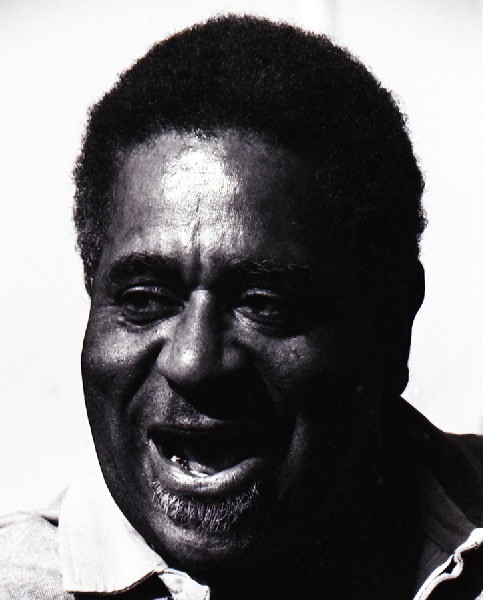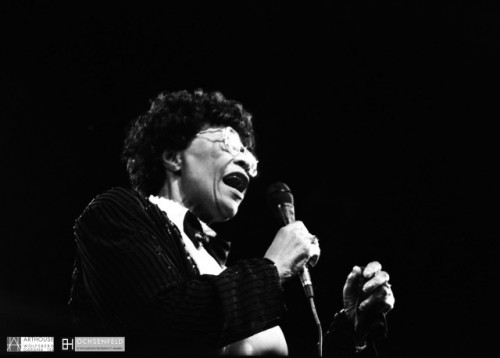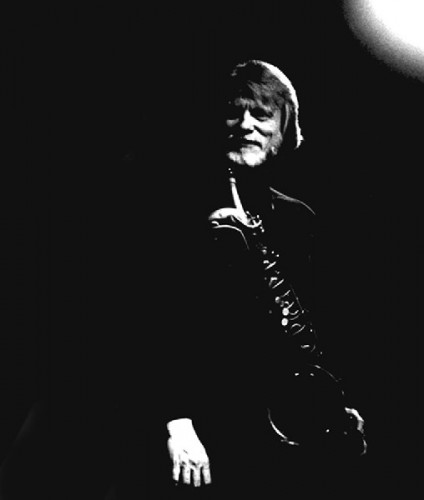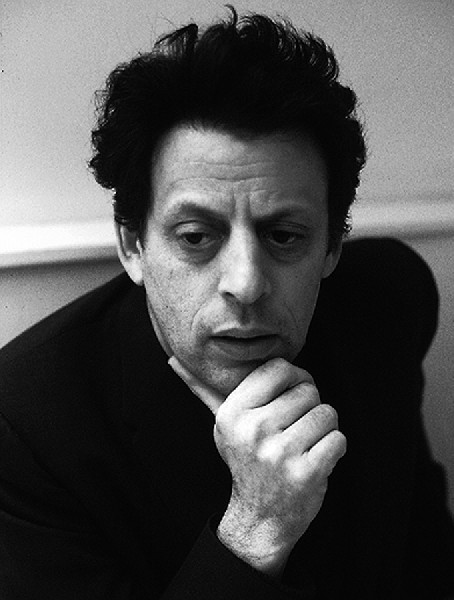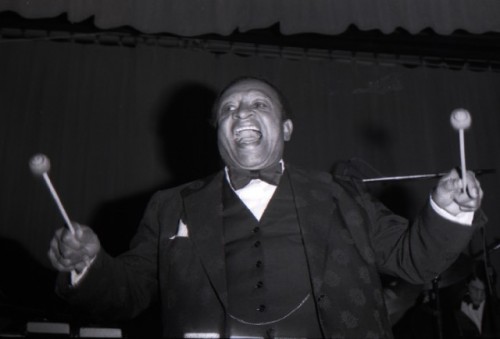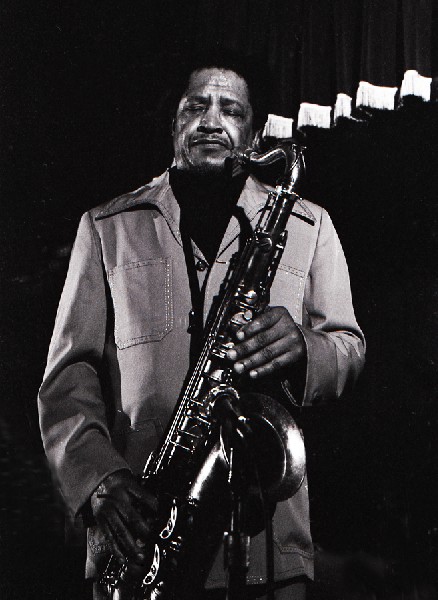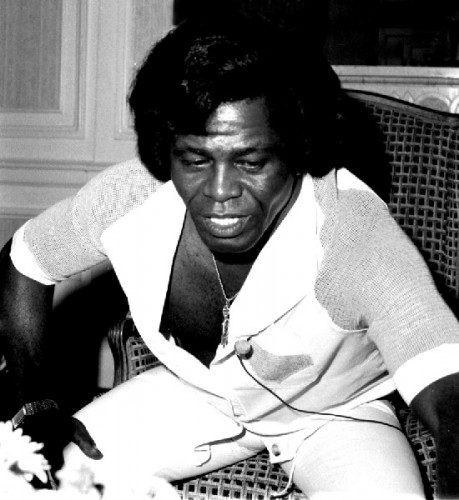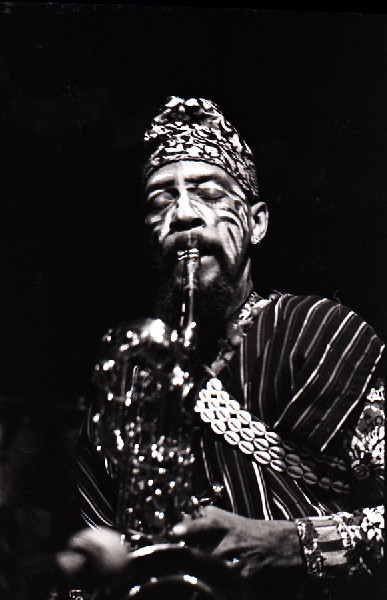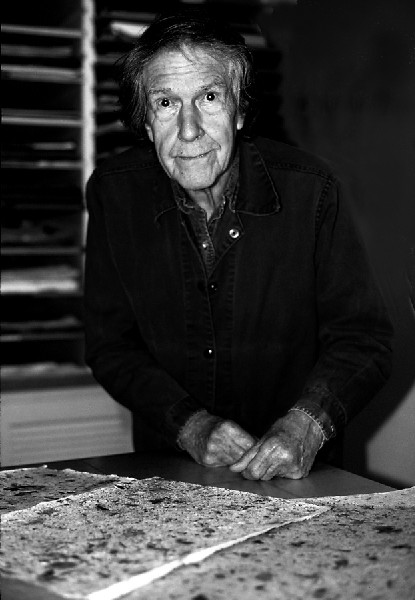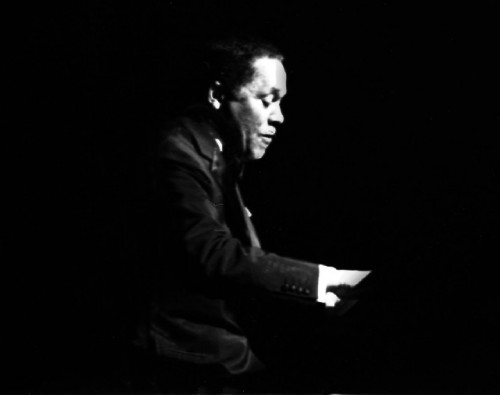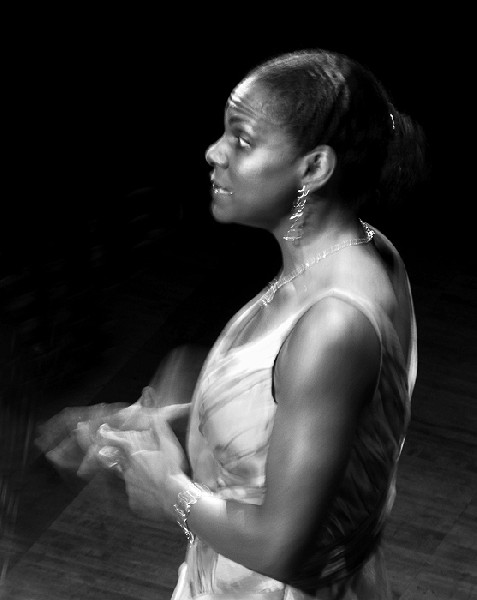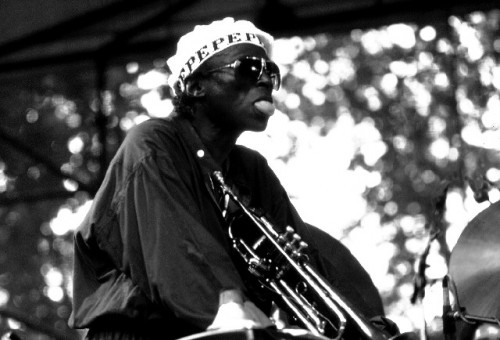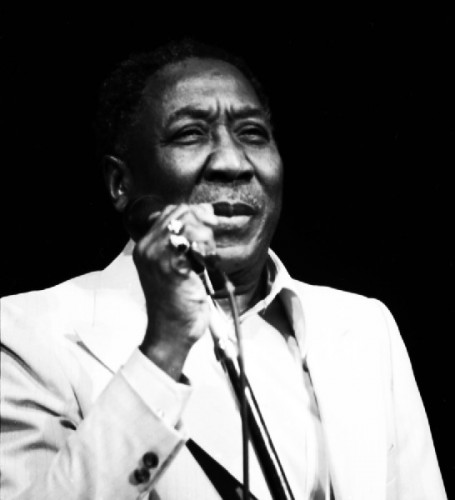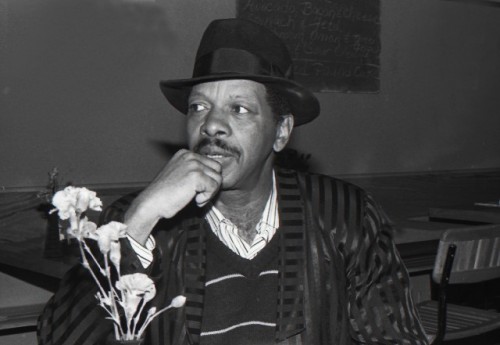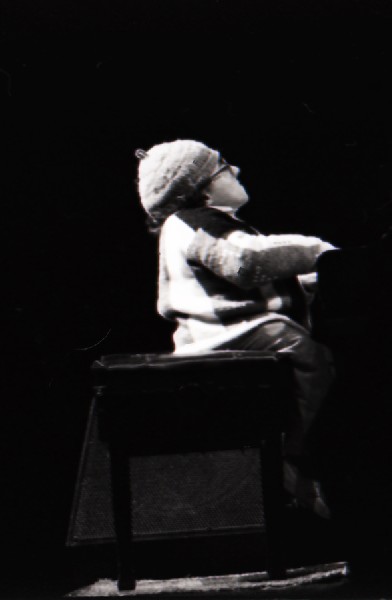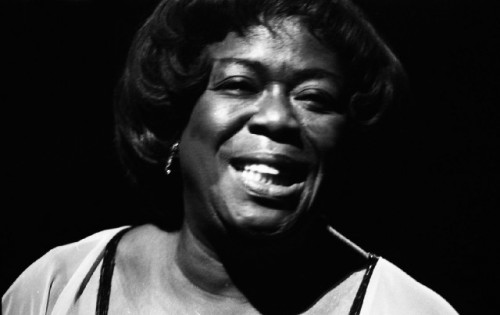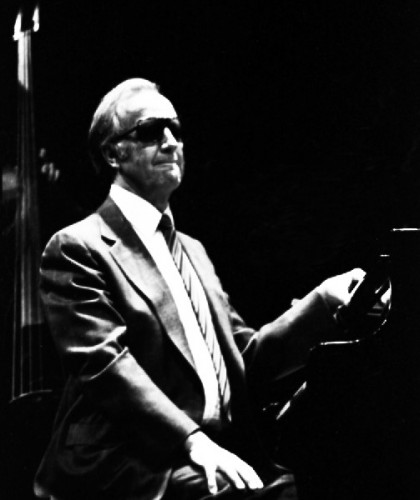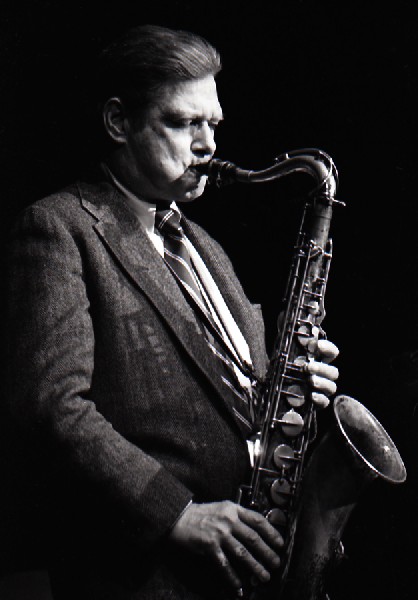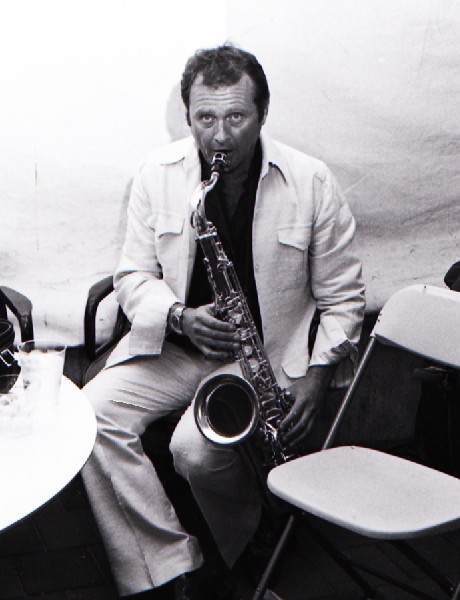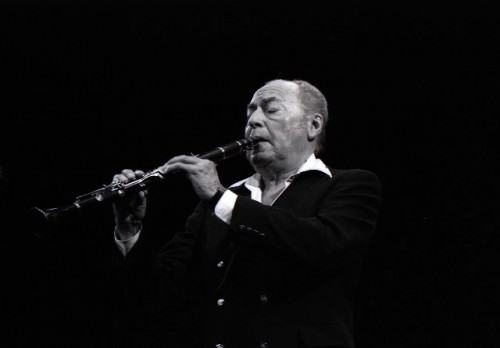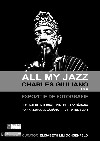Romanian Photo Exhibition
Festivalul International de Jazz Garana, Romania July 21-24
By: Charles Giuliano - Jul 04, 2011
The German/ Romanian artist, Elisabeth Ochsenfeld, has curated an exhibition of vintage, black and white photographs of leading American musicians by Charles Giuliano. For All My Jazz portraits have been enlarged and laminated for outdoor display during the Festivalul International de Jazz Garana, Romania July 21-24. Following the event the images will be donated to a museum in Garana.
Artist’s Statement
In 1973 the daily paper The Boston Herald Traveler was sold shortly after a Supreme Court Decision that forced the sale of its affiliated TV station. That ended my gig as its jazz and rock critic. In addition to enrolling in graduate school to study art history I continued to cover music for a range of publications.
At the HT there was a well defined separation between writers and photographers. But in a new role as a freelancer there was an opportunity, indeed a mandate, to provide images to go with stories.
That started with a new defunct weekly The Boston Ledger. The editor, John Van Scoyac bulk loaded black and white Tri X film and handed out rolls to contributors. At deadline the rolls were turned in and processed. One or two frames were selected and printed. I was given back the negatives which I began to file in what eventually filled, with documents and slides, nine, four drawer cabinets.
While teaching at New England School of Art and Design I took a summer photo lab course with Jim Haberman. From then on I processed my own film. For the demanding conditions of shooting with available light in night clubs I learned to push process the film increasing the ASA from 400 to 800. Even then one ended up with thin negatives which were dusty and difficult to print.
For art history classes it was best to have my own slides. But shooting and processing color film is very expensive. Particularly the Tungsten 160 required for the indoor lighting of galleries and museums. I learned how to bulk load color slide film and process it as E-6. During one of my first trips to the Louvre, my artist friend, Raphael Mahdavi, let me stay in his cold water flat in the Marais. I brought a hundred rolls of film which took months back home to process and mount. It became the beginning of a now vast collection.
In addition to shooting color in museums, why not concerts? I began to include a roll of color film in addition to black and white. Again, it was expensive so that happened selectively.
During Haberman’s lab class I happened to cover the Rolling Stones in Philadelphia. I was nervous and excited when processing that film. You don’t want to blow that kind of a shoot. The negatives, well, could have been better. But I got to shoot the Stones in Hartford during that tour with better results.
The images I created were regularly included with articles in newspapers and magazines like Art News. On several occasions they were shown as large color prints. In the South End I had a one man show at the former Aikin Gallery. Ending my tenure at Suffolk University I had a retrospective of a hundred color prints at New England School of Art & Design. For that show, several years ago, and the current work, I have been scanning slides and negatives and printing them as 13x19” images using an Epson printer. For the past few years I have been photographing with digital cameras.
In my home in East Boston I built a basement dark room to process and print black and white. When we moved to the Berkshires five years ago I took all that equipment and chemicals to the curb and dumped it as trash. With that an era ended. I am always amazed by colleagues who just won’t give up. They insist on the quality and integrity of a silver print.
While I appreciate and respect that point of view the relentless pursuit of the perfect print has never been my objective. Indeed the expression “good enough for jazz” applies to my approach to pursuing images of the amazing artists whom I have had a chance to listen to and talk with. It always entails multi tasking as there are two agendas. First, to absorb enough to write a review, and also to capture those fleeting images.
This can result in conflicts.
During lunch with composer Phillip Glass, for example, he got exasperated and said “Charles, I want to talk to you and not just your camera.” But a series of incredible images have proven to be more enduring than that conversation.
When Frank Sinatra performed at the Music Hall (now Wang Center) I had great seats in the third row center. The entire Rhode Island family of mobsters surrounded me. It was a nervous moment. Like when we had seats in the Loge at the old Boston Garden in the Hell’s Angels section of the Stones Altamont Tour. I was shooting away at the Chairman of the Board with my Pentax telephoto. A wise guy, annoyed at the clicks, turned and looked at me menacingly saying “One more shot and I’m putting a contract on you?” Paul Simon, from the stage, uttered similar threats.
In addition to jazz, rock and blues musicians I have photographed countless artists and curators. In more recent years, here in the Berkshires, I have photographed many actors and directors.
But there is nothing like the memories of all those nights crawling around clubs in Boston. Or up front for the concerts of the annual Boston Globe Jazz Festival. So many of those great performers are no longer with us.
This past winter I took on the beginning of a daunting ongoing project. It entails going through the file cabinets and scanning vintage images. Many have not seen the light of day since they appeared in print decades ago.
It is a labor intensive but fulfilling project. With Photoshop it has been possible to clean and tweak images which were difficult if not impossible to print in the darkroom. So many stunning images have been recovered and with them an avalanche of memories. I have been making prints that fill many portfolios. The plan is to make the material accessible.
Many of the long buried images have begun to surface in a series of articles for Berkshire Fine Arts exploring the arts and culture of Boston from the 1960s to the present. They have been used to illustrate interviews with George Wein, Freddy Taylor, Ron DellaChiesa, David Wilson, Arnie Reisman, Steve Nelson, Carl Belz, with even more in the works. An image of DellaChiesa, the “Voice of the BSO” will be used for his soon to be published book “Radio My Way.”
In the midst of this project the German/ Romanian artist, Elisabeth Ochsenfeld, visited with us in North Adams. She and Astrid Hiemer have been friends since first meeting at the colloquium in Boston organized by Transcultural Exchange. It explored the theme of global opportunities for artists through residences. During the conference this spring Ochsenfeld was a delegate. This past year she included images by Astrid in a traveling show and catalogue on the theme of Birches.
Discussing Festivalul International de Jazz Garana, Ochsenfeld suggested that she might organize an exhibition of jazz images. I proposed shipping to her a selection of prints. Instead she requested that I burn a disk of images which we would then have blown up and printed for display outdoors during the festival.
It was such a great idea. And I am so indebted to her for all of the work entailed in preparing the work for exhibition. I am sure that for the musicians and fans attending the festival in Romania seeing portraits of great jazz legends will be inspiring. The works which she selected for the exhibition include: Singers, Carmen McRae, Sarah Vaughan and Ella Fitzgerald, sax players, Joseph Jarman, and Stan Getz, clarinet player and band leader, Woody Herman, bass players, Percy Heath and Ron Carter, pianist, John Lewis, and trumpet players Miles Davis and Freddy Hubbard.
For the portfolio accompanying this article I have added a selection of other performers to convey a wider range of the work. Only black and white images have been included to create a sense of uniformity for this exhibition and project.
So here is at least a sample of All My Jazz. For a summer’s day in Romania.

